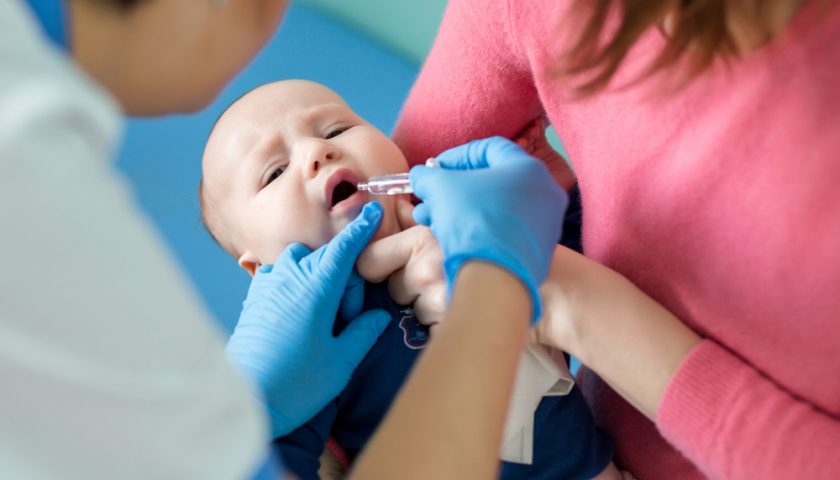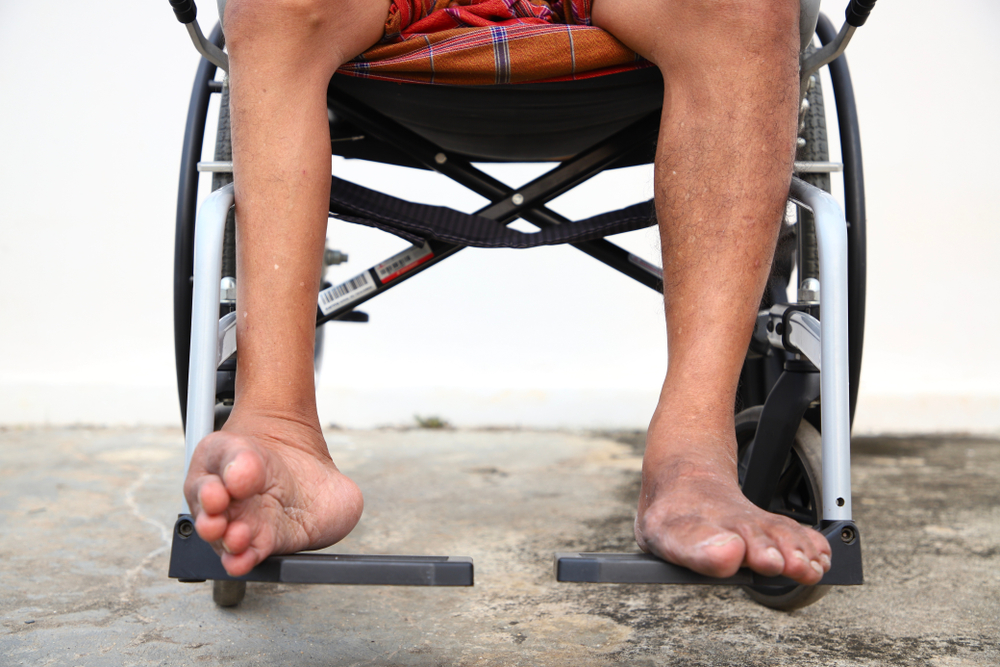We all have been hearing for years to get our children vaccinated for polio. We have got these shots as children as well.
But have you ever thought why polio vaccines are deemed necessary, and what polio actually is?
In this article, you will get to know about polio symptoms, polio causes and management, and how you can save future generations from this virus. Keep on reading.
Table of Contents
What is Polio?
Polio is a virus-borne, life-threatening disease.
The term polio is short for ‘poliomyelitis’. It’s a virus that readily spreads among those who haven’t been inoculated.
It can target your spinal cord and brain, paralyzing you in its most severe form.
People of any age can get polio, but kids under 5 have the highest risk of getting it.
Is Polio Contagious?
Polio is a highly contagious disease.
The virus enters the body through the mouth and takes up residence in the throat and intestines.
The virus then transmits to others by saliva or feces. People can come into contact with this virus, when:
- They come into direct contact with an infected person’s feces or touch an object contaminated with feces.
- They are coughed or sneezed on by an infected person.
- They ingest virus-infected meals or drink contaminated drinks. If they share food or utensils with an infected person, this can happen. It can also happen if sewage water contaminates food or beverages.
The virus can stay in a person’s throat for 1–2 weeks, and it can stay in their stool for up to 6 weeks or more.
What are the Types of Polio and Polio Symptoms of Each Type?
Polio usually has two types; paralytic, and non-paralytic.
Non-paralytic Polio
Some persons who get polio symptoms develop a kind of polio that does not cause paralysis (abortive polio).
This usually results in the same mild flu-like symptoms as other viral infections.
Polio symptoms of the non-paralytic polio, lasting up to 10 days, includes:
- Fever
- Sore throat
- Headache
- Vomiting
- Fatigue
- Back pain or stiffness
- Neck pain or stiffness
- Pain or stiffness in the arms or legs
- Muscle weakness or tenderness
Paralytic Syndrome
This most severe version of the disease is extremely rare.
Paralytic polio’s early signs and symptoms, such as fever and headache, are often mistaken for nonparalytic polio. Other indications and symptoms, however, occur within a week, including:
- Loss of reflexes
- Muscle pains or weakness that is severe
- Limbs that are loose and floppy (flaccid paralysis)
The virus can occasionally infect the brain and spinal cord, resulting in far more serious symptoms such as:
Meningitis
The meninges, which surround the brain and spinal cord, can be infected by the poliovirus. This results in a severe headache, stiff neck, and light sensitivity.
Muscle Weakness (Paralysis)
The virus can harm the nerve cells that govern muscles.
When this happens, the muscles get painful and weaker until they stop working.
Paralysis occurs when a person’s muscles are unable to function, causing their body to become floppy and immobile. This can be life-threatening if it affects the breathing muscles and a person can’t breathe.
Post Polio Syndrome
Post-polio syndrome is a collection of disabling signs and symptoms that some people experience years after they’ve had polio.
The following are some of the most common indications and symptoms:
- Muscle or joint weakness and discomfort that worsens over time
- Fatigue
- Muscle atrophy (atrophy)
- Problems with breathing or swallowing
- Breathing disorders associated with sleep, such as sleep apnea
- Cold-temperature tolerance is reduced
Polio Causes and Management: What You Can Do About it?
Polio causes and management depends upon the type of polio someone has contracted.
The causes are usually due to the polio virus, which one can come in contact with through feces or saliva.
Read more about taking care of your baby’s hygiene.
The big question is, how to prevent polio? What you can do to prevent your future generations from contracting this life-threatening disease.
How to Prevent Polio?
Polio is a preventable disease, only if you get your children vaccinated.
The vaccine causes the virus-fighting immune system to produce antibodies against it. If the virus enters the body, the antibodies will combat it.
Poliovirus Vaccine (Inactivated) (IPV)
According to the Center for Diseases Control, the inactivated poliovirus vaccine (IPV) is given to children at the ages of 2 months, 4 months, 6–18 months, and 4–6 years.
Because IPV includes a dormant version of the virus, it is incapable of causing polio.
Polio Vaccine (Oral) (OPV)
Oral polio vaccine may also be given to children.
Many people will benefit from this liquid vaccine because it is less expensive and easier to administer. It doesn’t need to be provided by a skilled health care professional because it isn’t an injection.
Those who receive the vaccine will have OPV in their saliva and stool. As a result, it has the ability to spread to other people in the same manner that a virus does.

It can cause the immune system of someone who hasn’t been vaccinated to produce antibodies if it spreads to someone who hasn’t been immunized. Even though they didn’t receive the vaccination directly, they will be inoculated.
Is There Any Allergic Reaction to the Vaccine?
Some persons may experience an allergic reaction to IPV.
The vaccine contains trace doses of the antibiotics streptomycin, polymyxin B, and neomycin, thus it should not be given to anyone who has had an allergic reaction to these drugs.
An allergic reaction usually manifests itself within minutes to a few hours of receiving the dose. Keep an eye out for:
- Breathing problems
- Weakness
- Wheezing or hoarseness
- Heart rate that is quite fast
- Hives
- Dizziness
If you or your kid experiences an adverse response to a vaccine, get medical attention right once.
Bottom Line!
The number of cases of polio in the world has decreased by 99 percent since 1988. Only 33 cases were documented worldwide in 2018. Despite the fact that many countries are polio-free, some still have the disease, e.g, Pakistan, Afghanistan and Nigeria.
That’s why we have to be extra cautious regarding our children’ vaccines.
Anyone who hasn’t been vaccinated and comes into touch with the virus can contract it. The most effective strategy to eradicate polio for good around the world is to ensure that everyone is inoculated.
If you have a child less than age 5, make sure to get your baby vaccinated against polio. Consult with a well-known pediatrician, by going to Healthwire.pk and booking an appointment online, or you can call at (042) 32500989.
